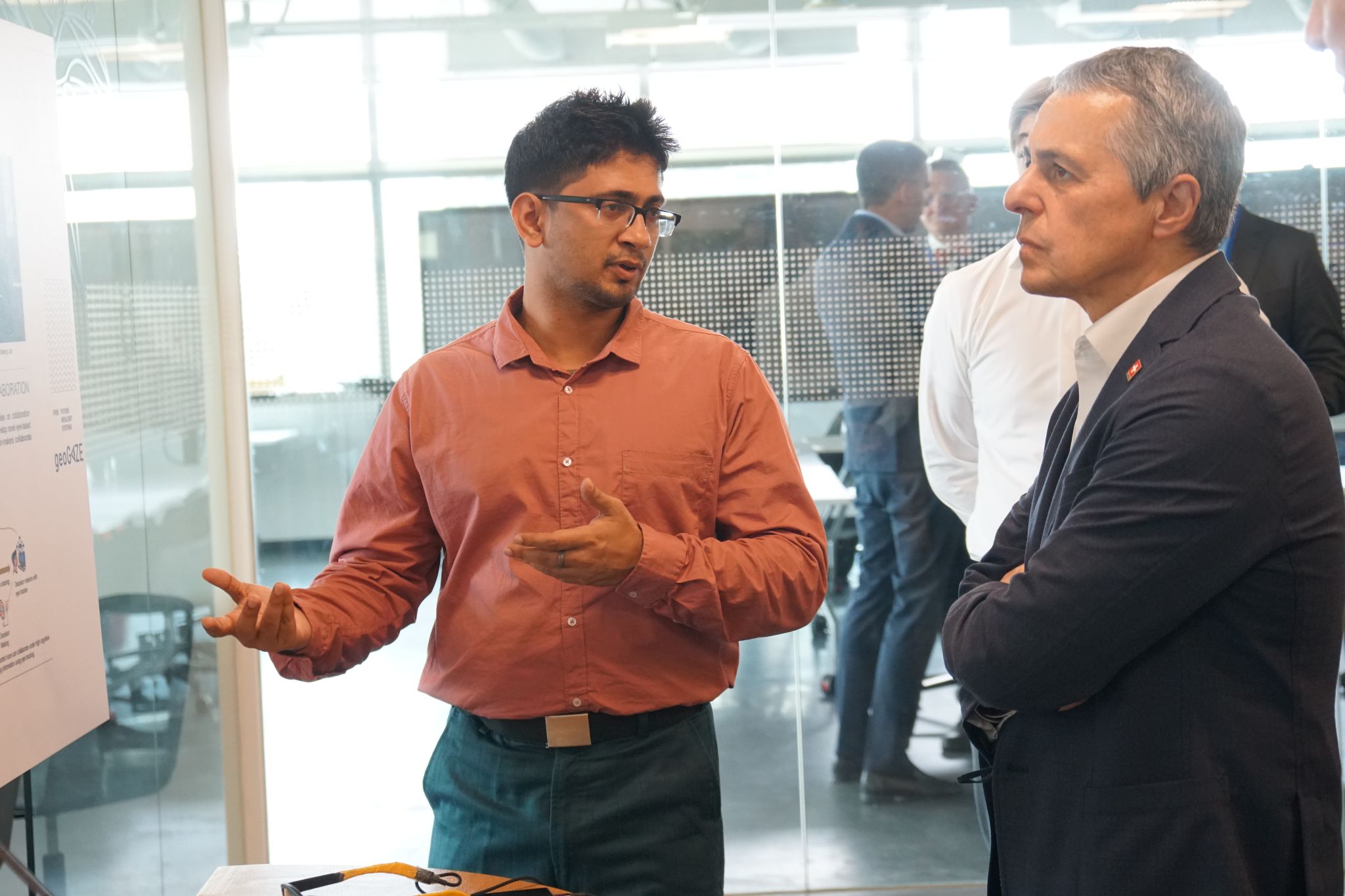Excited to share a glimpse of our recent work at the Singapore-ETH Centre
A glimpse into our work in the scope of the Future Resilient Systems (FRS) research program at the Singapore-ETH Centre on how eye tracking and human cognition can support smarter, more resilient city operations:
This FRS perspective series explores how combining AI-driven insights with human factors and governance can enhance situational awareness, reduce fatigue, and strengthen urban resilience by supporting decision makers in control rooms, improving interfaces for remote automated vehicle operators, and leveraging social media sentiment in crisis management. This video further details how human factors can be supported in transport control rooms, covering topics from detecting cognitive load with eye-tracking to improving collaboration support in control rooms.
This research is part of our broader mission to combine data, human factors, and AI to support the people behind essential city systems.












